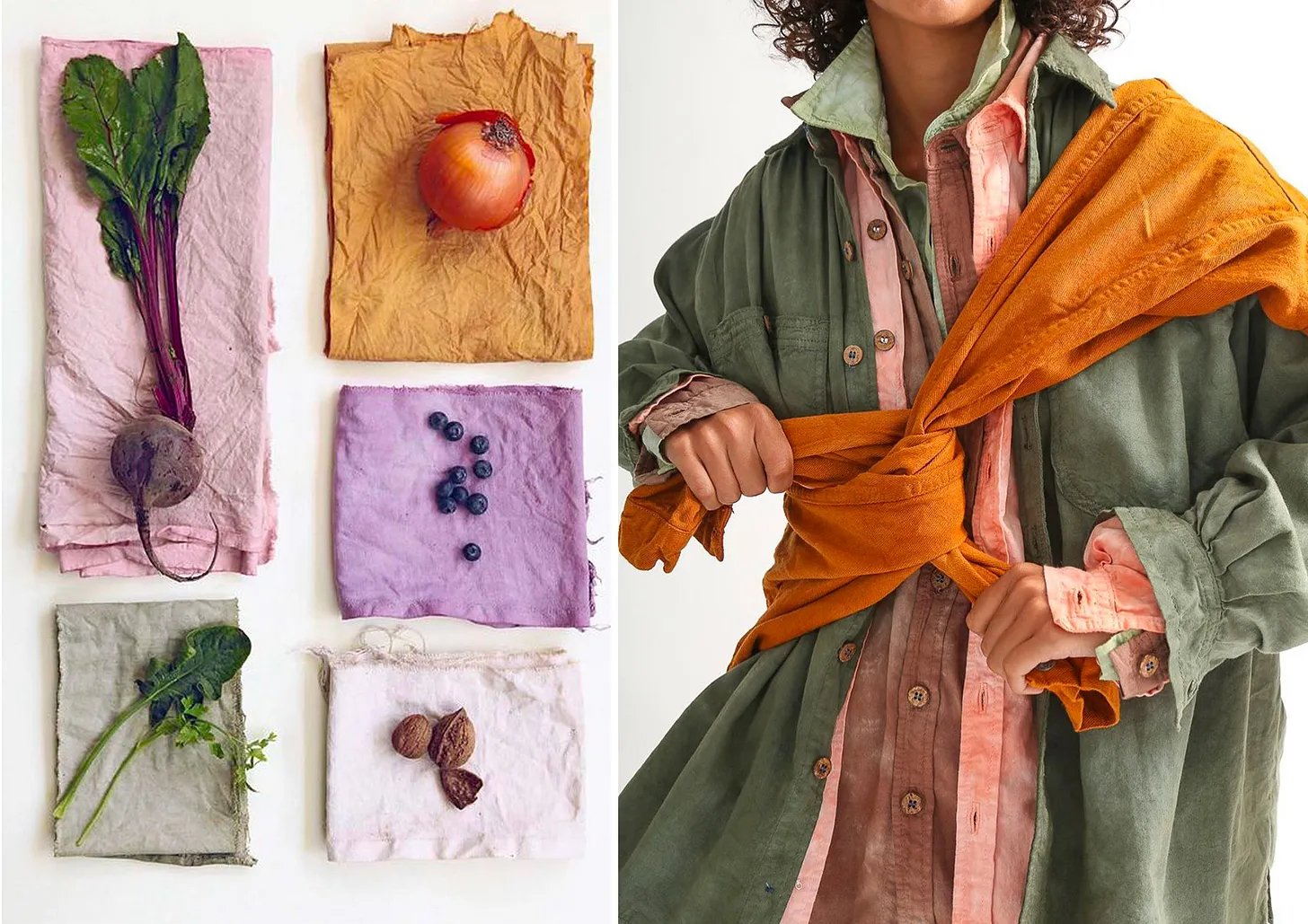Natural Colors
Hi There, 👋🏻 i’m Andrea a fashion graphic designer focused on fashion product design for menswear and sportswear. Through this blog I want to share highlights and tips from the field i work in. Hope you enjoy and feel free to get in touch!
Natural Colors 🌸🌼🫐
Since the birth of the first fabrics, yarns and pieces have been dyed with natural pigments. In the early 1900s, with the advent of chemistry, there was a shift to much more efficient dyes both from the point of view of the color range and from the quality perspective: solidity to light, efficiency, replicability. This however, despite the chemical standards to be respected, has had and still has a rather harmful environmental and social impact, especially in countries where most of the production volumes take place.
Dyeing from nature
For some years now we have been returning to the use of natural colors, trying to maintain the quality standards of chemical performance. Rather difficult as a challenge, but with the right pigments, the right finishing processes and above all greater tolerance on the part of those who buy the garment, it can be done.
C.P. Company Workshop / Milan Design Week 2022
It is clear that the natural source is a more responsible alternative, but not all pigments are "friends of nature". For example, cochineal is a dye (red color) derived from the insect of the same name, which is an annoying plant parasite. Unfortunately, to extract the color it is necessary to kill the insect.
Natural colors can be varied: saffron, turmeric, miraculous, licorice, indigo and many others. There are also various ways of use: garment dyed, piece dyed, print and spray dyed yarns.
Suppliers 🏭
I have selected some suppliers that can help you on innovative dyeing process:
Tintoria di Quaregna (yarn dye)
Cariaggi (yarn dye)
AlbiniNext (spray dye)
Iride (piece dye)
Beste (piece dye)
ColorSystem (garment dye)
Tintoria Emiliana (garment dye)



